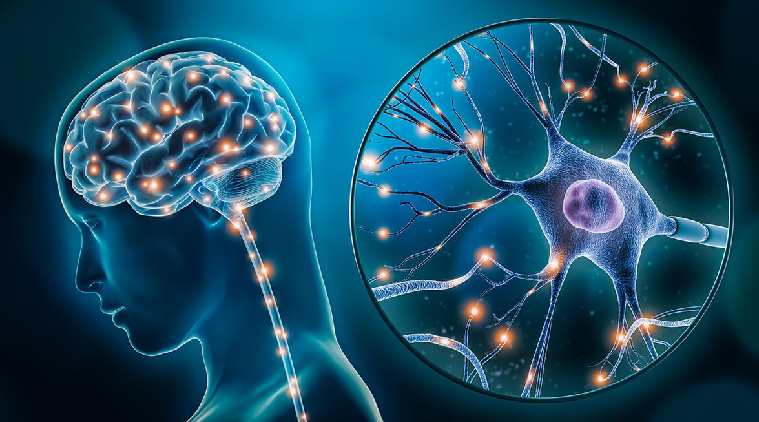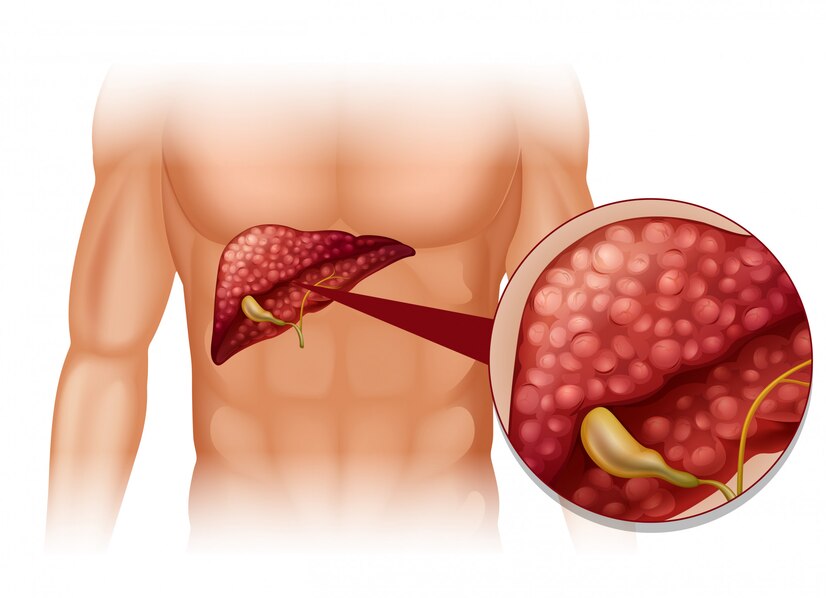In this modern era, people prefer unhealthy diet plans due to which neurological problems are common. Neuroplasticity is the brain’s ability to change and adapt due to experience. It is an umbrella term referring to the brain’s ability to change, reorganise, or grow neural networks. This can involve functional changes due to brain damage or structural changes due to learning. For the treatment of neurological problems contact the best neurologist in Punjab.
What are the different types of Neuroplasticity?
Neuroplasticity refers to various adaptive modifications to the composition and capabilities of the brain. Among the several varieties of Neuroplasticity are:
- Synaptic plasticity: Changes in the potency and intensity of synaptic connections between neurons are a component of synaptic plasticity.
- Structural Plasticity: This refers to alterations in the physical makeup of neurons and the connections between them. This can involve the development of new synapses, the shedding of old connections, and the generation of new dendritic spines.
- Functional plasticity: The brain’s capacity to reallocate functions to various regions or networks in reaction to illness, injury, or modifications in sensory input is known as functional plasticity.
- Cross-modal Plasticity: The brain reorganises areas of the brain that were initially assigned to different sensory modalities to make up for sensory loss or deprivation.
- Depending on experience Plasticity: The term “experience-dependent plasticity” describes alterations in the composition and capabilities of the brain brought about by particular sensory encounters, education, or skill development.
- Homeostatic plasticity: The brain’s capacity to sustain a consistent level of activity and excitability in response to synaptic input or network activity variations is known as homeostatic plasticity.
How does Neuroplasticity work?
The intricate network of cellular and molecular processes known as Neuroplasticity enables the brain to evolve and adapt as an individual ages. This is the mechanism of Neuroplasticity:
- Activity-Dependent Alterations: Neuronal activity is the primary driver of Neuroplasticity. Intense or frequent neuronal activation can alter the strength and connectivity of synapses.
- Synaptic Plasticity: Changes in the potency and strength of synaptic connections between neurons are frequently associated with Neuroplasticity at the cellular level.
- Changes in Brain Structure: Neuroplasticity also includes modifications to the brain’s structure, such as the development of new dendritic spines, the creation of new synapses, and the pruning or removal of pre-existing connections.
- Neurotransmitters and Signalling routes: Different neurotransmitters and signalling routes in the brain mediate Neuroplasticity.
Advantages of Neuroplasticity.
Numerous advantages for brain health, cognitive performance, and general well-being come from Neuroplasticity. Among the main benefits of Neuroplasticity are:
- Enhancement of Learning and Memory: The brain’s ability to adapt and reorganise in response to learning experiences is made possible by Neuroplasticity, which enhances memory creation, retention, and recall.
- Recovery of brain injury: Rehabilitating and recovering from brain injuries, such as strokes, traumatic brain injuries, and neurodegenerative illnesses, is greatly aided by Neuroplasticity.
- Acquisition and Mastery of talents: People can learn new skills, hone their current ones, and become experts in various fields, including academics, sports, music, and language, thanks to Neuroplasticity.
- Adaptation to Environmental Changes: The brain can adjust to changes in its surroundings, such as variations in social interactions, sensory input, and lifestyle choices, thanks to Neuroplasticity.
- Emotional Regulation and Resilience: By modifying the brain circuits involved in stress response, emotion processing, and coping mechanisms, Neuroplasticity helps to promote emotional regulation and resilience.
- Pain Management: Neuroplasticity plays a part in pain perception and management through its influence on brain circuits, pain perception and modulation.
- Enhancement of Brain Health: One can enhance brain health and lower the risk of cognitive decline and neurodegenerative disorders later in life by partaking in activities that stimulate Neuroplasticity, such as physical activity, mental stimulation, social engagement, and healthy lifestyle choices.
- Improvement of Neurorehabilitation Therapies: Neurorehabilitation therapies have been developed due to a better understanding of neuroplasticity principles.
Neurological problems are widespread for different reasons; several causes lead to neurological issues. Some neurological conditions need surgery to be corrected; the best neurosurgeon in Ludhiana performs the surgery at Jhawar Hospital.



